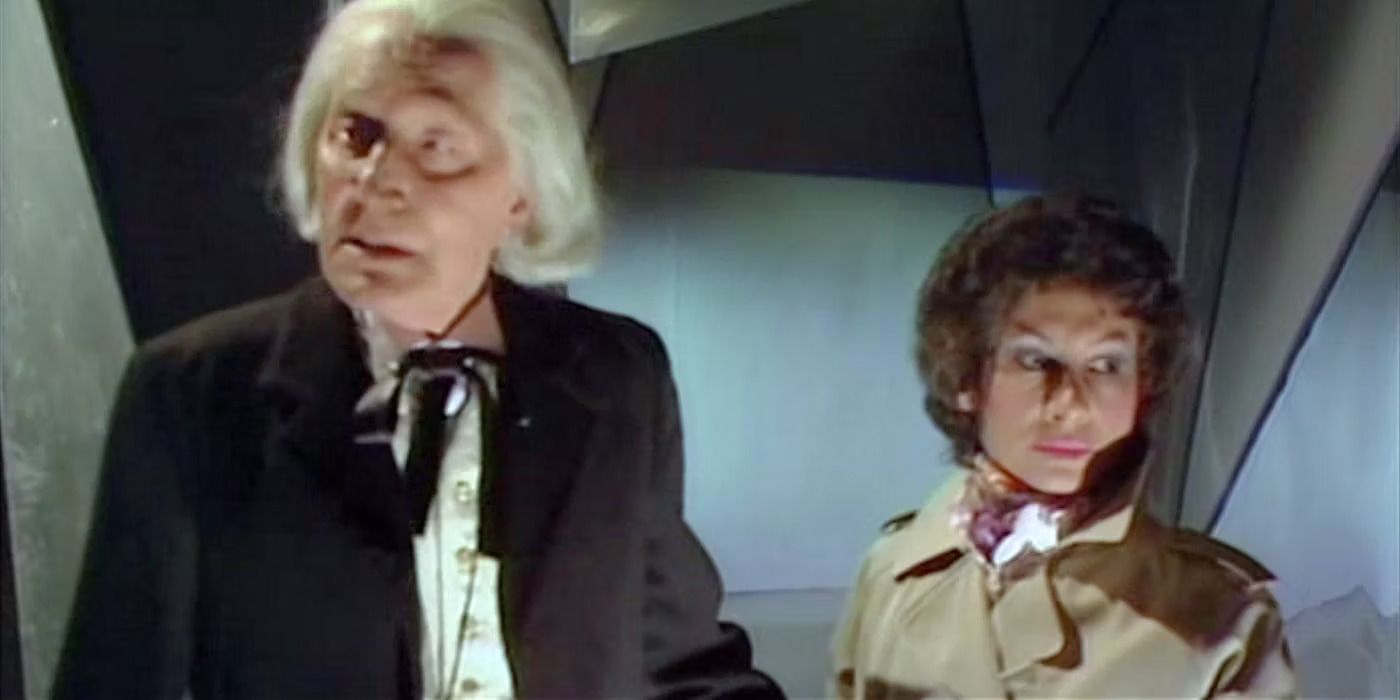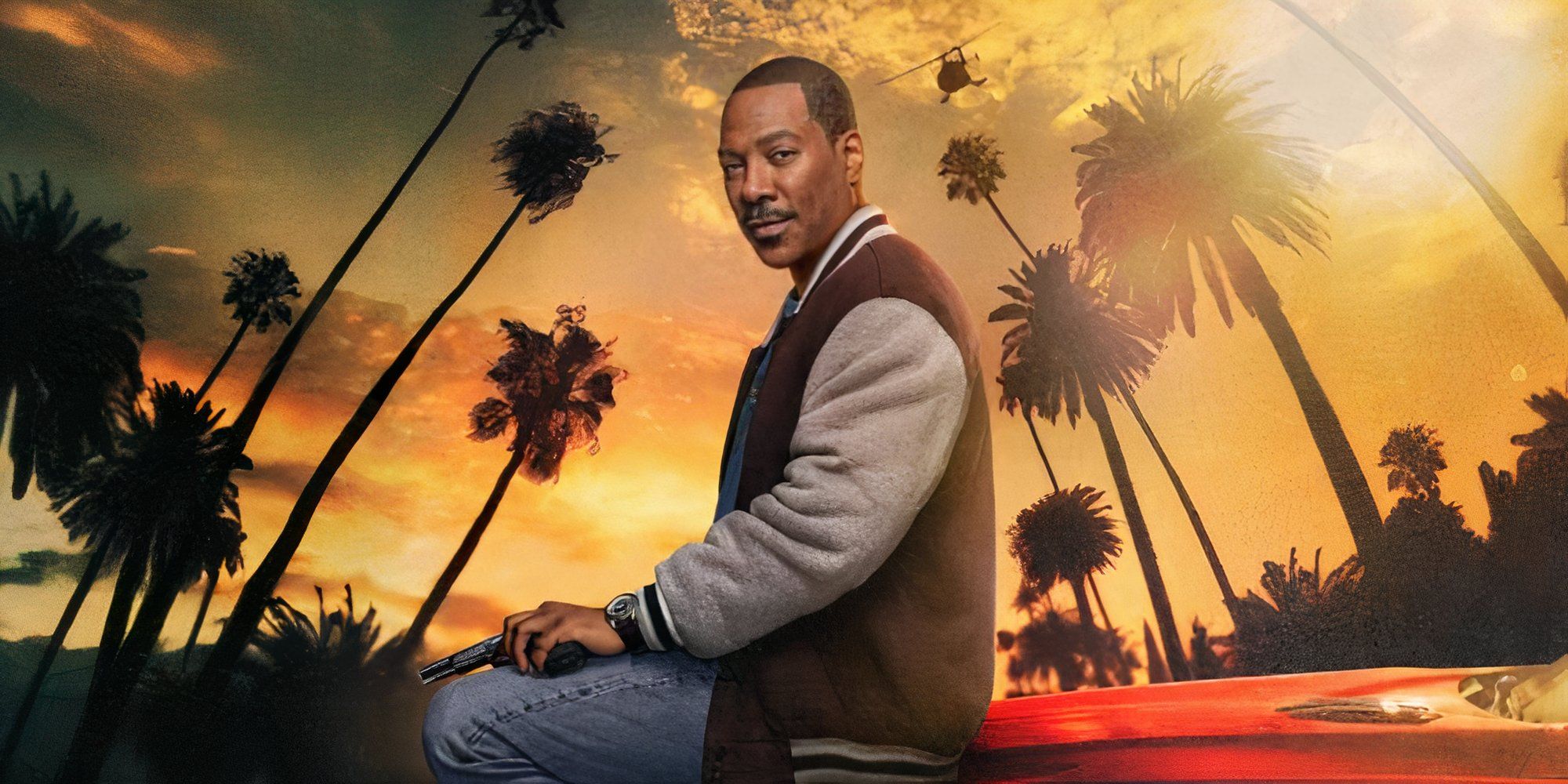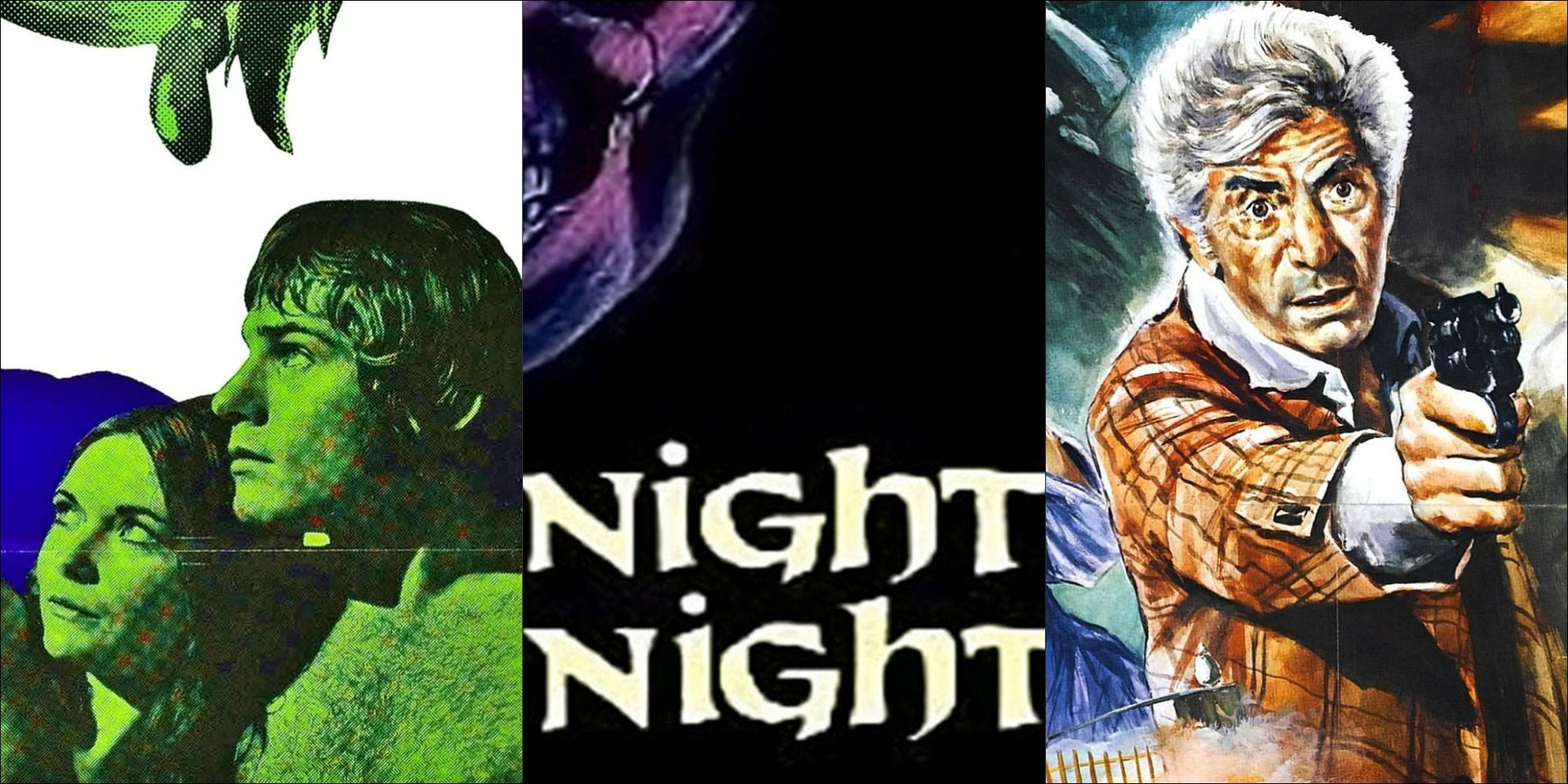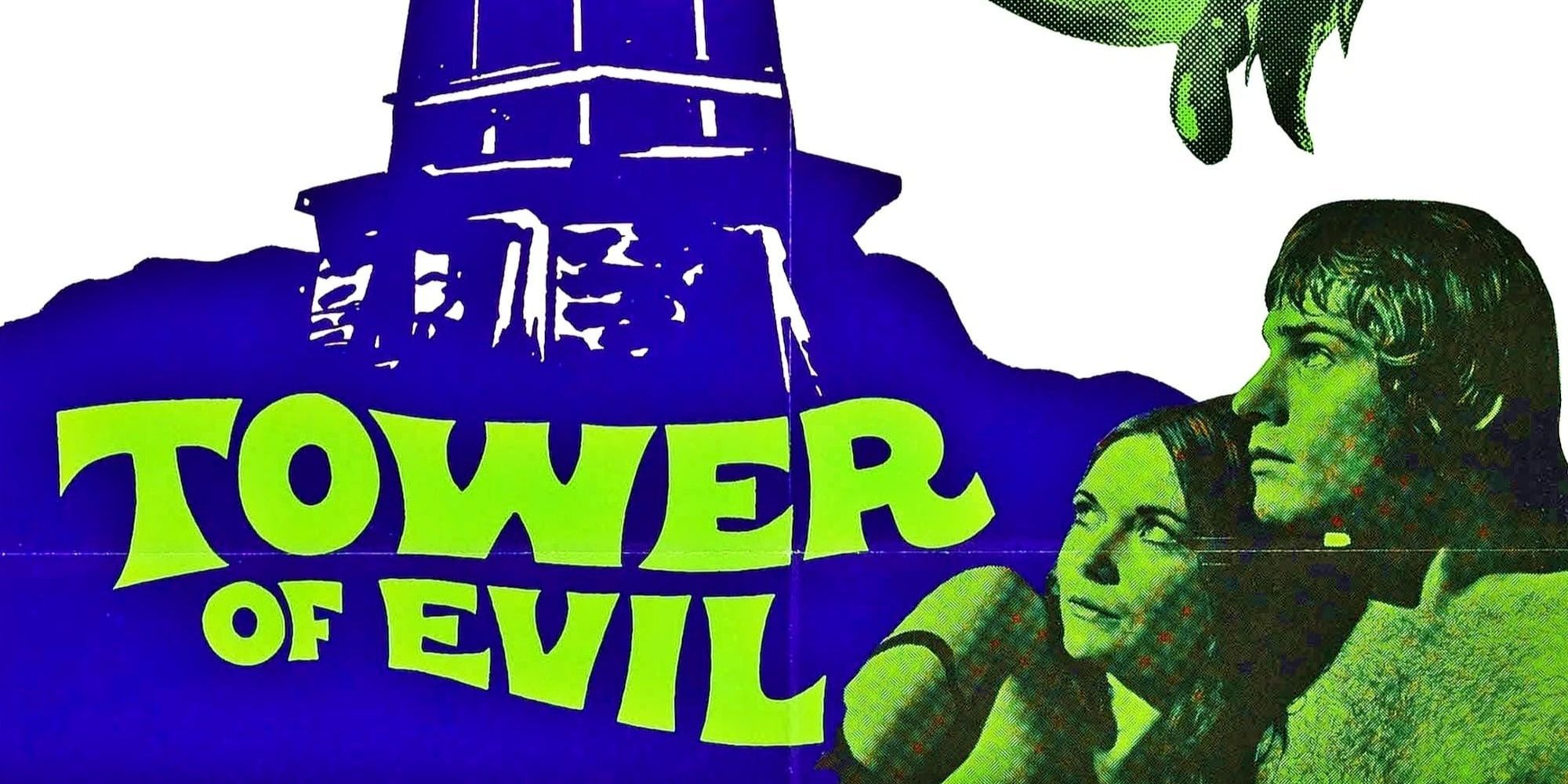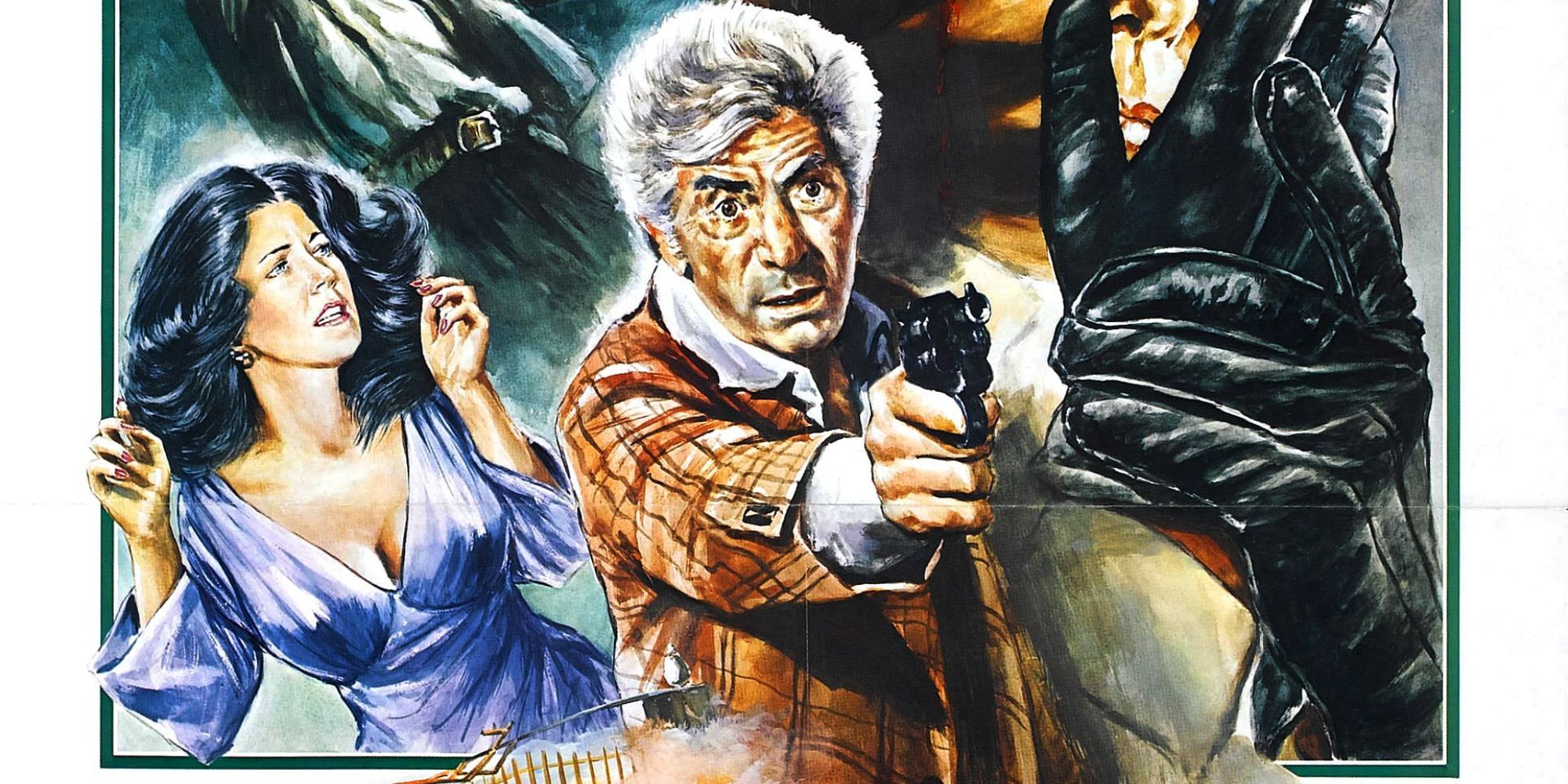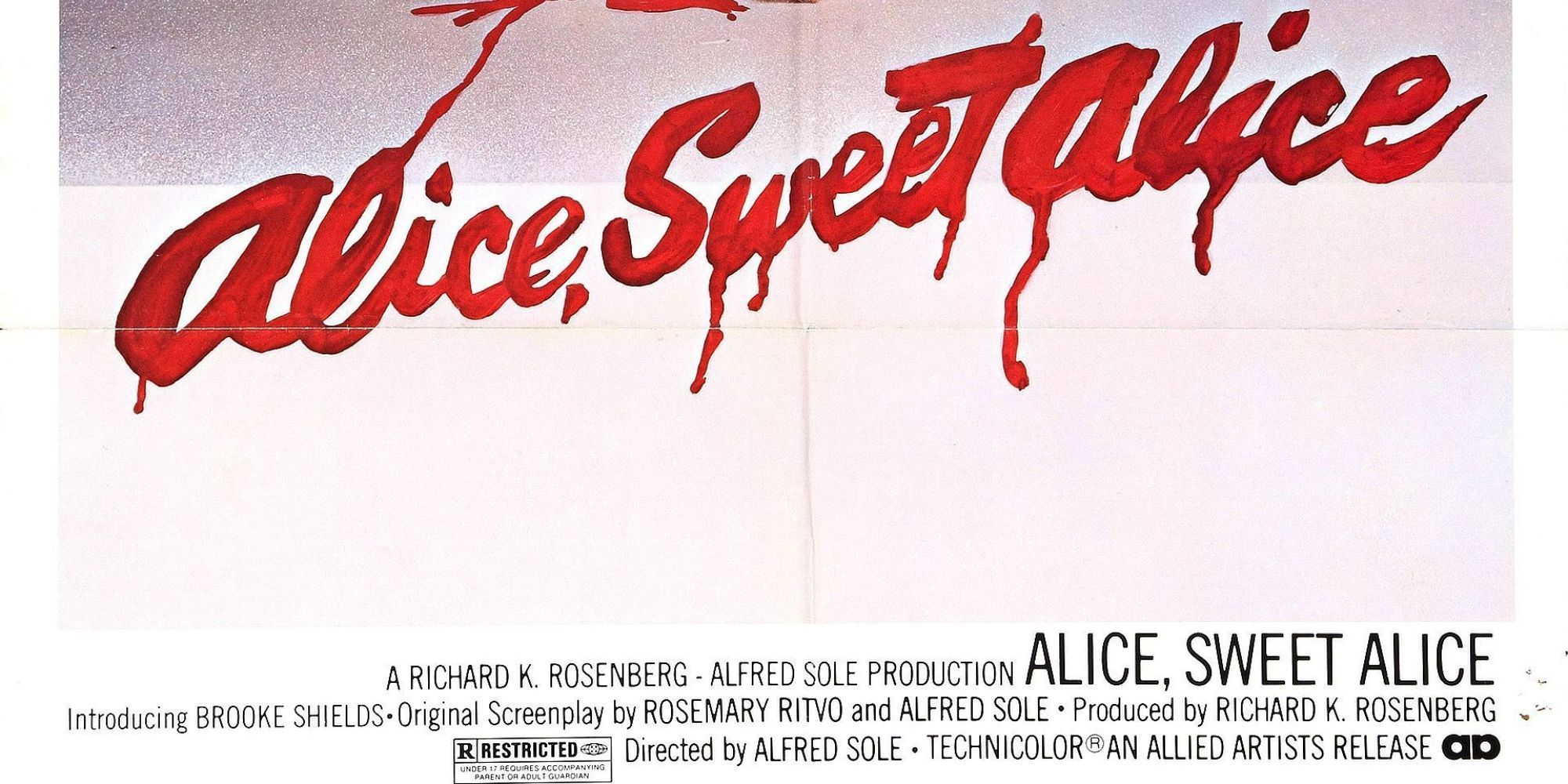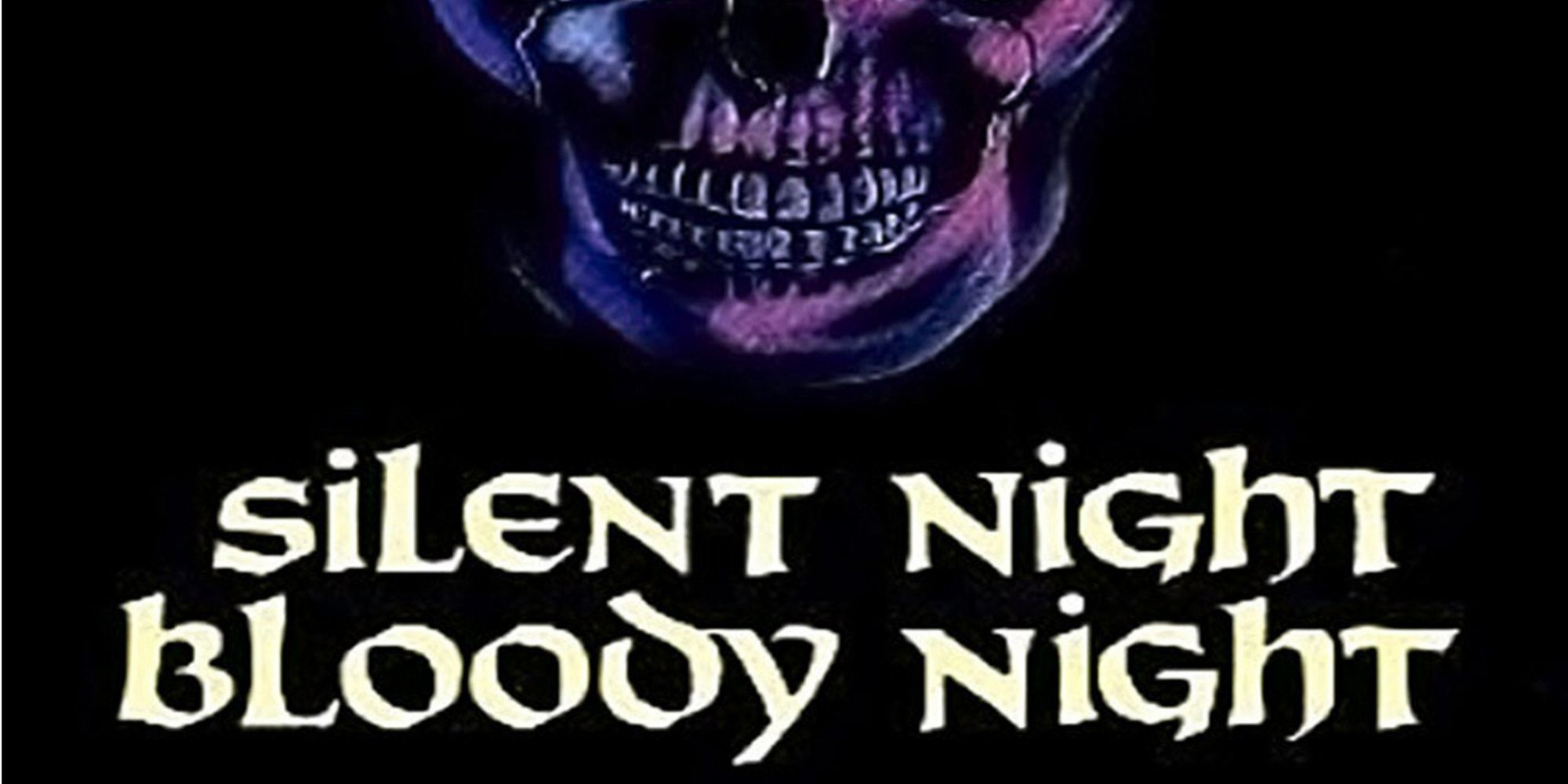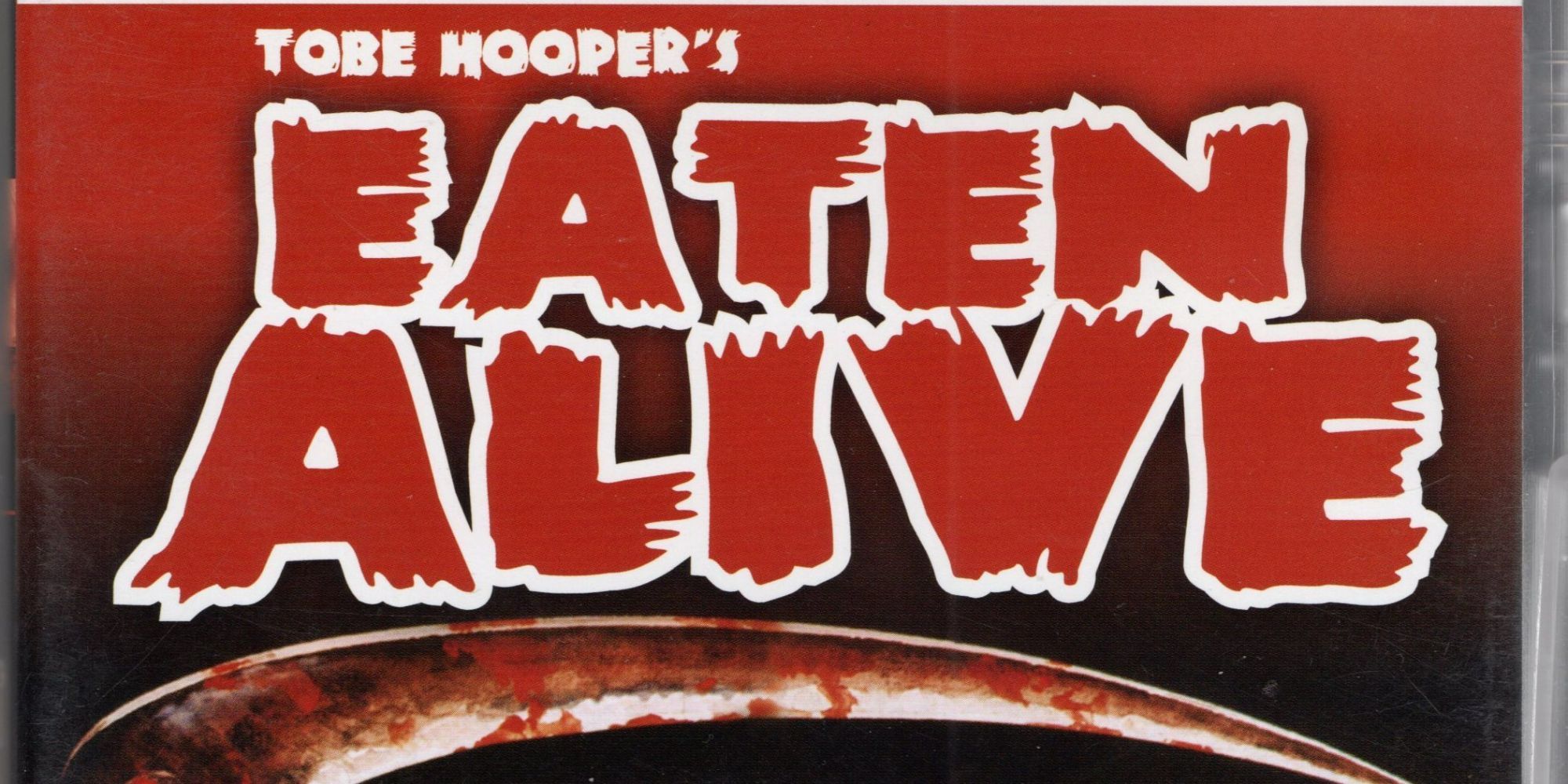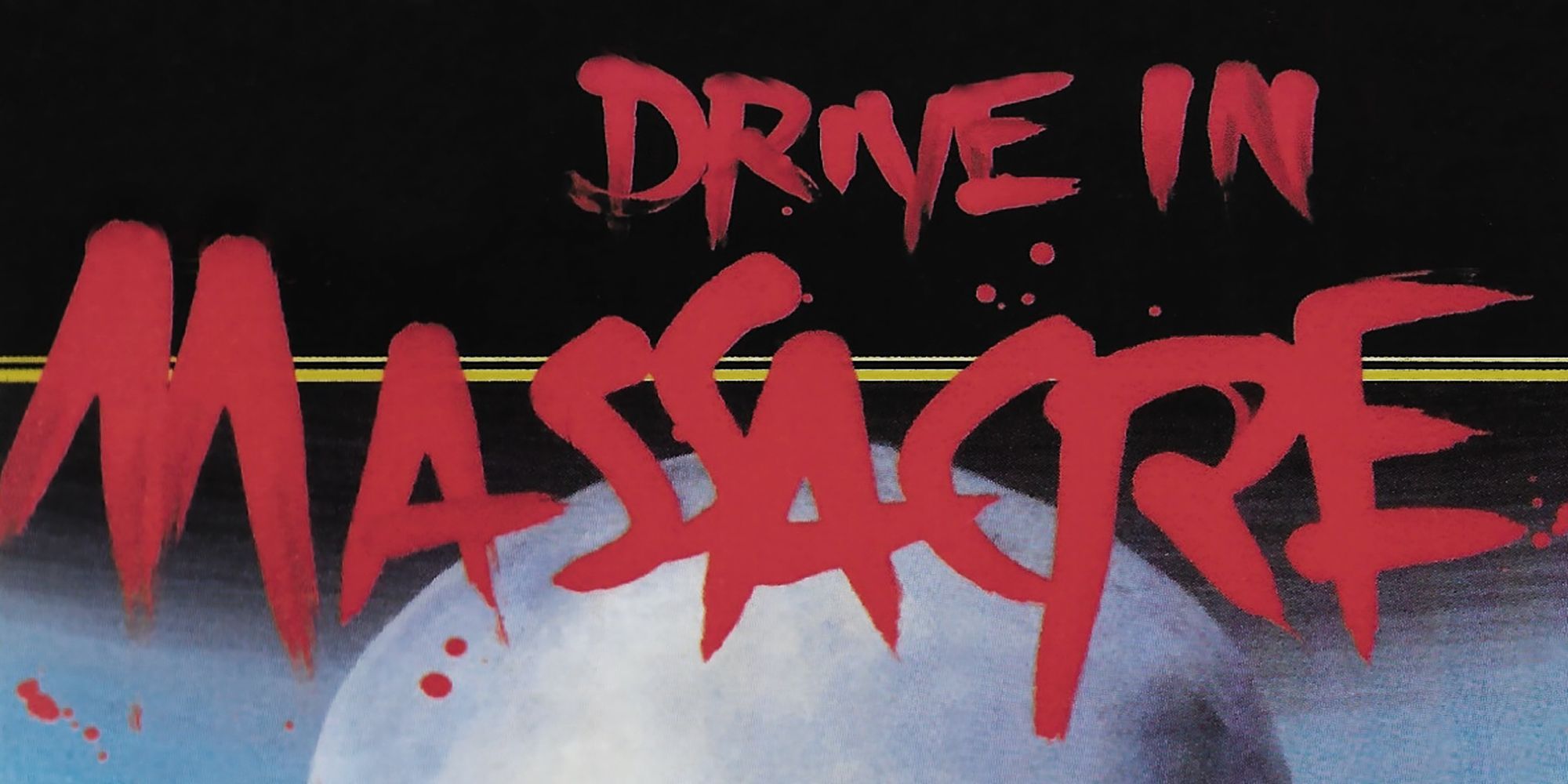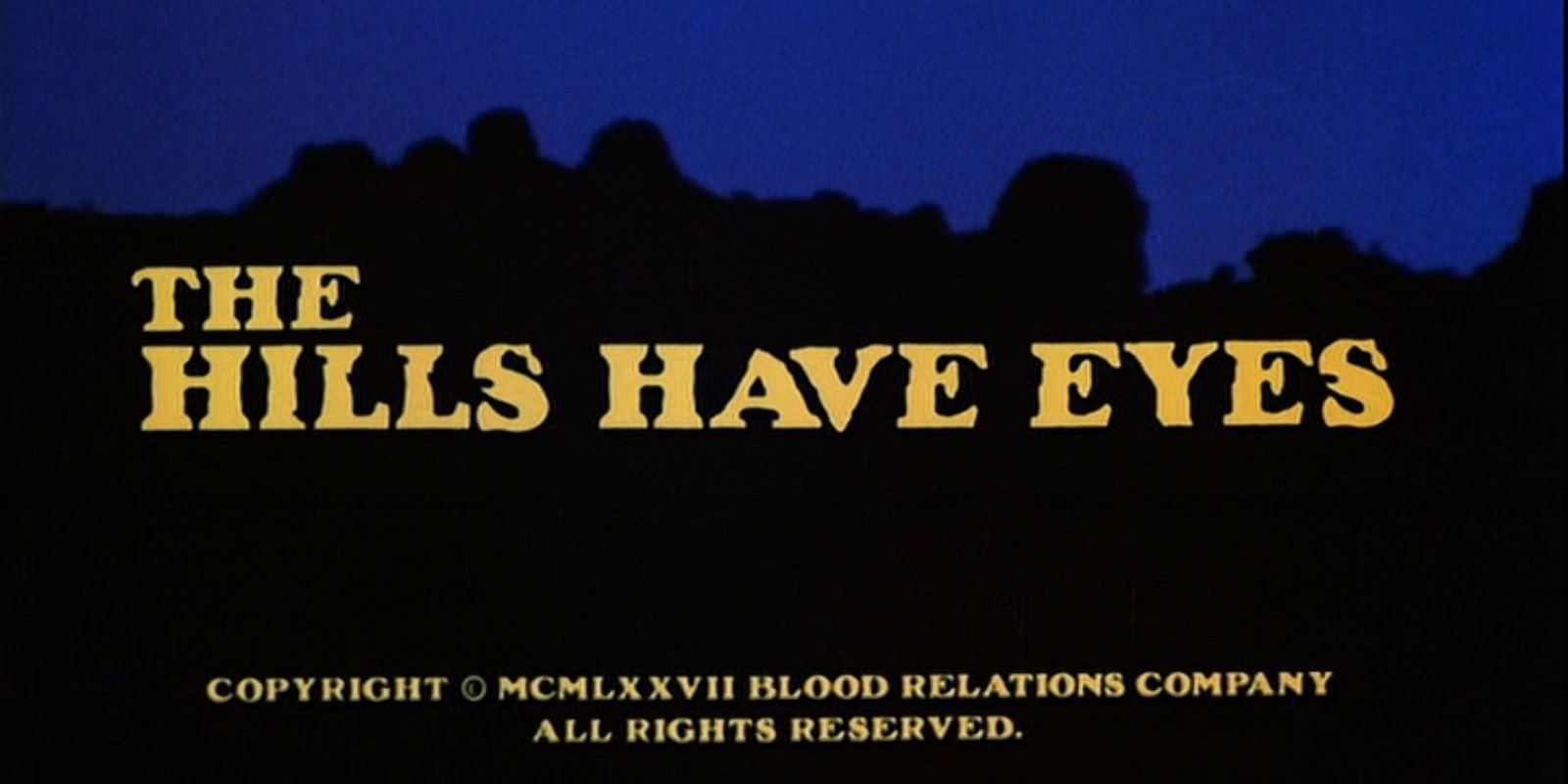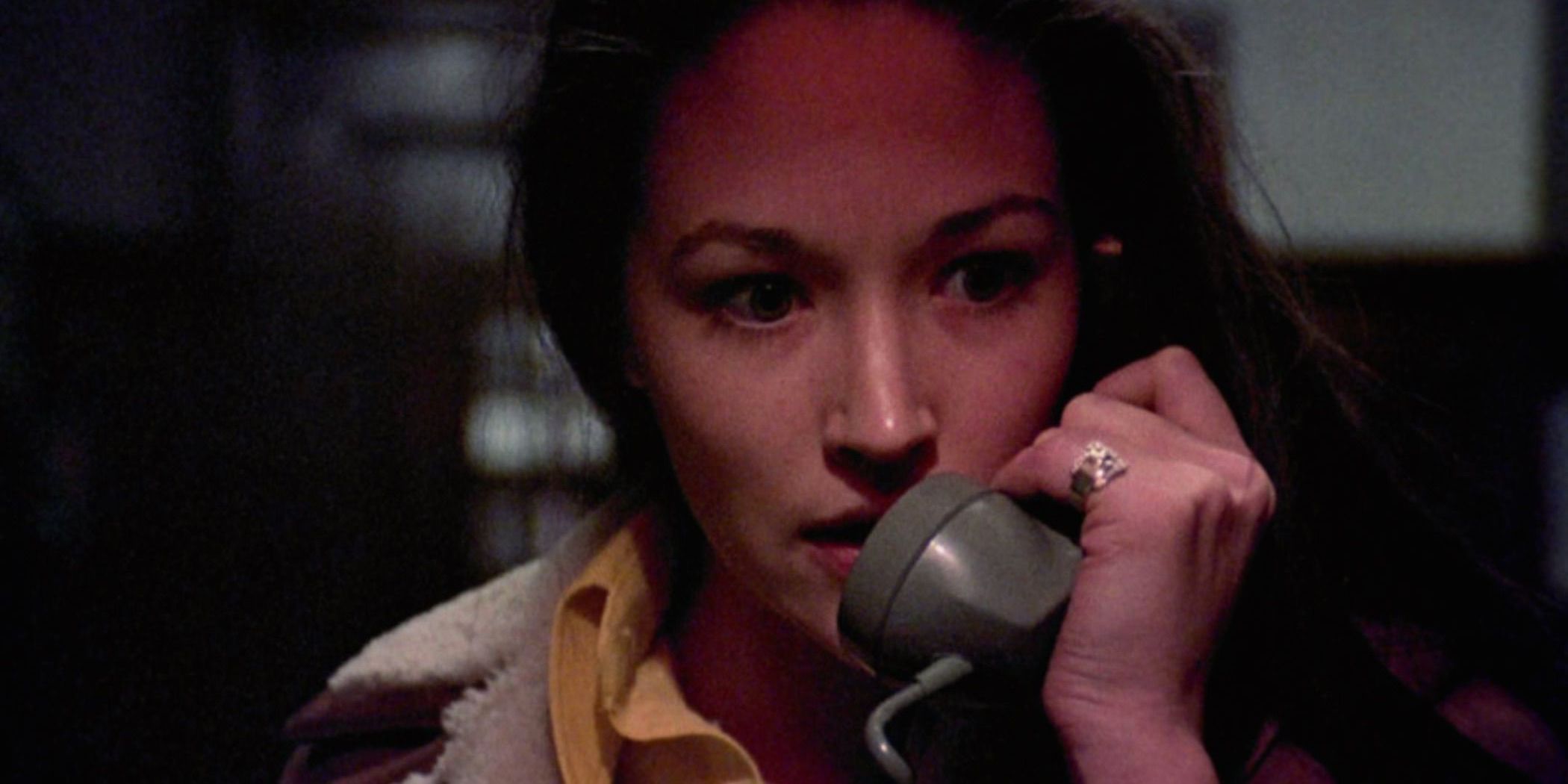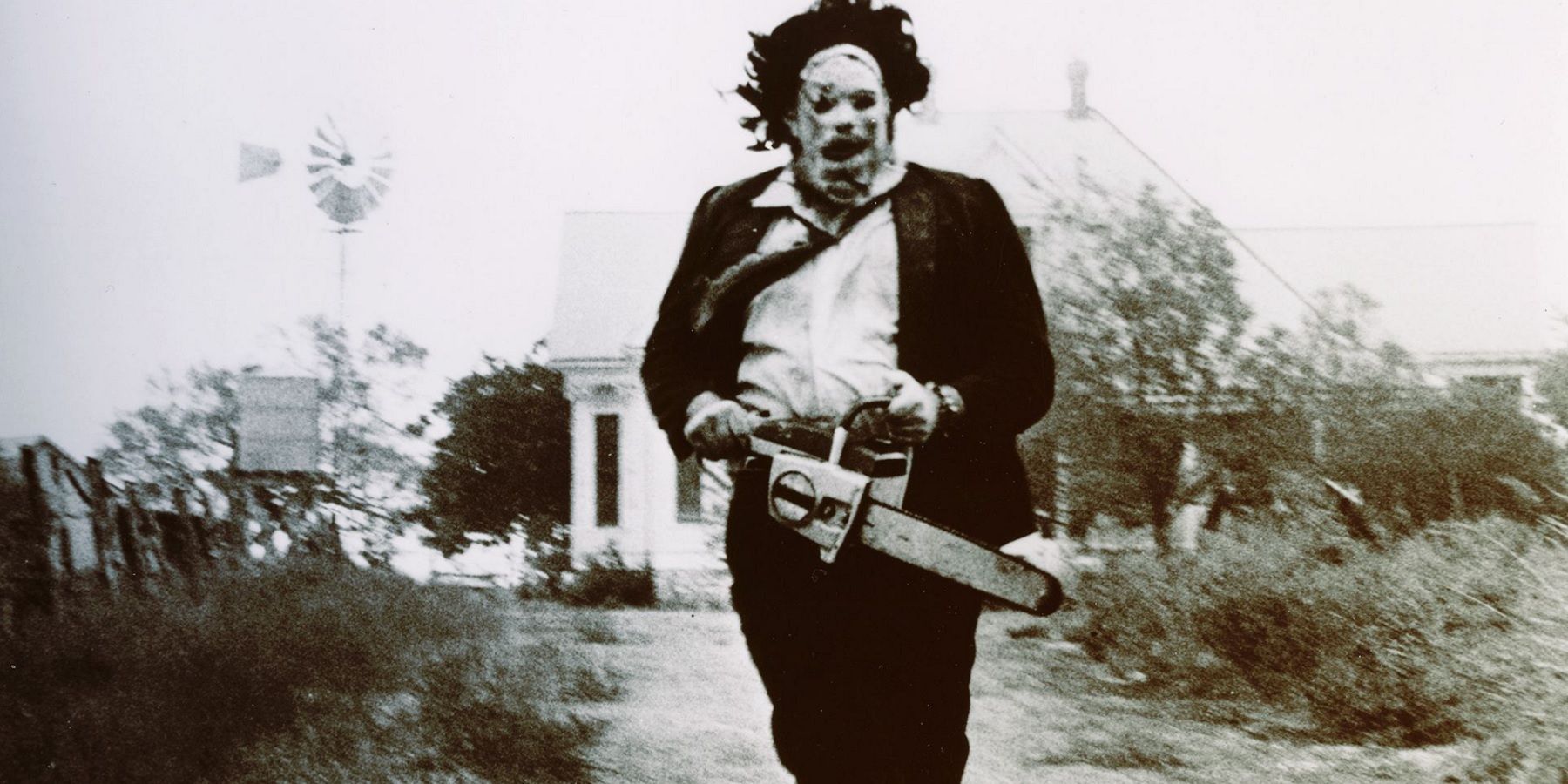Blessed with expert direction, an unforgettable villain in the Shape, and the most haunting piano score in horror cinema, John Carpenter's Halloween is a masterpiece. Generations of horror films emulated, parodied, and aspired to surpass it, and its fingerprints are inextricable from the modern slasher genre.Yet many of the tropes that define the slasher genre predate Carpenter's quintessential film. Final girls, killers stalking with knives in the darkness, and hapless teenage victims appeared in many excellent films before Halloween. Some share the later film's glory, others were quickly forgotten, but all hold a place in the lineage of horror. Being low-budget 70s Brit horror doesn't mean this film has less to say.
10 Tower of Evil
The discovery of dead teenagers is a common slasher film opening. Following this discovery up with the introduction of archeologists on the hunt for an ancient treasure? Not so common. Tower of Evil is an acquired taste, which is the polite way of saying that many people dislike it. It should not be so easily dismissed.
Tower of Evil is incredible in both senses of the word: it is wonderful but difficult to believe that it exists. Its plot, in the grand tradition of 70s horror, is an addled mash-up of sex, violence, and devil worship. It is possible that Tower of Evil doesn't understand what it is trying to accomplish, but that's fine. It's funny, even when it doesn't mean to be, and if something doesn't look good, it splashes it with blood. This is not a horror film where nobody dies.
9 Deathdream​​​​​
Bob Clark's Deathdream is the story of a Vietnam vet and his quest for blood. That the same person who directed Deathdream and A Christmas Story should tell viewers something about Clark's range. To call Deathdream would be a gross understatement, and its appearance before Halloween is nothing less than extraordinary.
The film attempts and succeeds to do something almost unheard of in the genre, tackling the subjects of war trauma and PTSD in a way that is neither a gross oversimplification nor an overt emotional manipulation. The creativity of its director and cast allows the film to accomplish things well beyond the accepted scope of its small budget.
8 Alice, Sweet Alice
Alice, Sweet Alice is an intelligently constructed and artfully designed religious horror film about a 12-year-old girl who may or may not be murdering her family members. That fans of the film bring it up in the same breath as Dario Argento and John Carpenter says more than a little about its stylish direction.
Decadent and wonderfully acted, Alice, Sweet Alice crawls its way up out of the heap of cardboard knockoffs. It upsets. It terrorizes. It gets its share of laughs. In short, it does what the best horror should. Thanks to its distinctive style, it is also a film that rewards repeated viewings, a quality that has no doubt helped it stand the test of time.
7 Silent Night, Bloody Night
In the real world inheriting a mansion is a dream. In slasher films inheriting a mansion is a nightmare. Silent Night, Bloody Night begins with a man returning home to sell just such an inheritance, only to learn the history of his newly-acquired home is anything but innocent. Starring cult actress Mary Woronov, Patrick O'Neal, and featuring a guest appearance by John Carradine, the film is well-acted.
It builds on the familiar premise of a dangerous asylum, and while it might feature stock elements, it is at least novel in its presentation. Its POV shots effectively convey the killer's hunt, and the juxtaposition of Christmas festivities and bloody terror adds a comedic note. Cheap and artsy to the point of incoherence, Silent Night, Bloody Night is broken in all the best ways.
6 Eaten Alive
Fans of The Texas Chain Saw Massacre know that director Tobe Hooper is a fan of Southern Gothics, at least his own twisted breed of them, so it comes as no surprise that Eaten Alive shares those same bones. A mad motel proprietor in rural Texas owns a giant alligator, so of course, he mixes business with pleasure by feeding his customers to the beast.
Villainous proprietor Judd is an exquisite slasher, if only because he is truly unpredictable. Many questions remain unanswered in this film, and the most basic is why does Judd behaves the way he does? There is no telling from one encounter to the next if he will compliment or kill, and that unpredictability ratchets up the anxiety in every scene he enters, in a film that is the definition of manic energy.
5 Drive-in Massacre
Stu Segall's 1974 Drive-in Massacre is considered by many slasher fans as B-cinema: lacking the technical polish and consistent quality of acting that would elevate it amongst the highest class of its peers. The charge is fair, but in this film polish is not the point. Someone is attacking random filmgoers with a sword at a drive-in. Nonsensical?
Yes. Drive-in Massacre embraces its cheapness, and because it does not waste time striving to be the big-budget extravaganza that it can't be, it instead triumphs as a strange, dark little film for Halloween, at times bordering on the avant-garde. From the synth soundtrack to the cheesy effects, this movie knows what it is capable of, and for viewers who know what they're getting into, it's quite the ride indeed.
4 The Hills Have Eyes
Most would argue that Wes Craven's greatest achievement in the slasher genre is 1984's iconic A Nightmare on Elm Street, but seven years before Freddy ever raised his clawed glove there came The Hills Have Eyes. A deeply upsetting film for reasons that have little to do with blood and gore, The Hills Have Eyes lacks the one-liner wit that would come to define Craven's later work.
What it offers instead is unrelenting horror of the most invasive and personal variety. Its villains are physically and emotionally twisted and its horrors vicious. The pacing yanks viewers along, leaving them little time to catch their breath, and when they do have a moment to take in the sights, they may wish they hadn't seen them.
3 Black Christmas
Christmas break, sorority girls, and a crazed stalker on the loose sound like the perfect setup for a 70s slasher film, and it turns out they are. Directed by Bob Clark, Black Christmas feels dangerous and unpredictable.
Like all slashers released before the genre was codified, its tropes established as ironclad expectations, Black Christmas could do whatever it wanted without its audiences knowing what to expect from the killer and whether or not there would be a Final Girl. Though it lacks the gritty splendor of Tobe Hooper's cinematography and the scalpel precision of Hitchcock's direction, Black Christmas is a fun and accomplished film that others continue to admire and ape.
2 The Texas Chain Saw Massacre
This 1974 jewel of sleaze by director and producer Tobe Hooper introduced the world to another horror icon in Leatherface and his family. Like Halloween, The Texas Chain Saw Massacre is horror with an affection for sunlight, happy to let its horrible antagonists parade around at times and in places one might otherwise think safe.
With Hooper's eye for grotesque detail, the Sawyer house is a character in itself, as revolting and deranged as any member of the twisted clan that inhabits it. Young protagonists, a Final Girl, and a masked psycho with a chainsaw--every ingredient one for needs for a delicious slasher stew one finds here.
1 Psycho
Alfred Hitchcock's Psycho broke most of the cinematic rules of its day. In doing so, it did as much to establish the slasher genre as Halloween. Everything that makes Hitchcock's direction so exceptional can be found in this film.
His choreography of the plot, characterization, daring composition and editing, and exquisite music selection suffuses every scene. There is not one failed moment in Psycho, and its infamous shower scene remains one of the most iconic moments in slasher history. Norman Bates may be a chattier villain than Michael Myers, but neither he nor his backstory is any less sinister or watchable.

